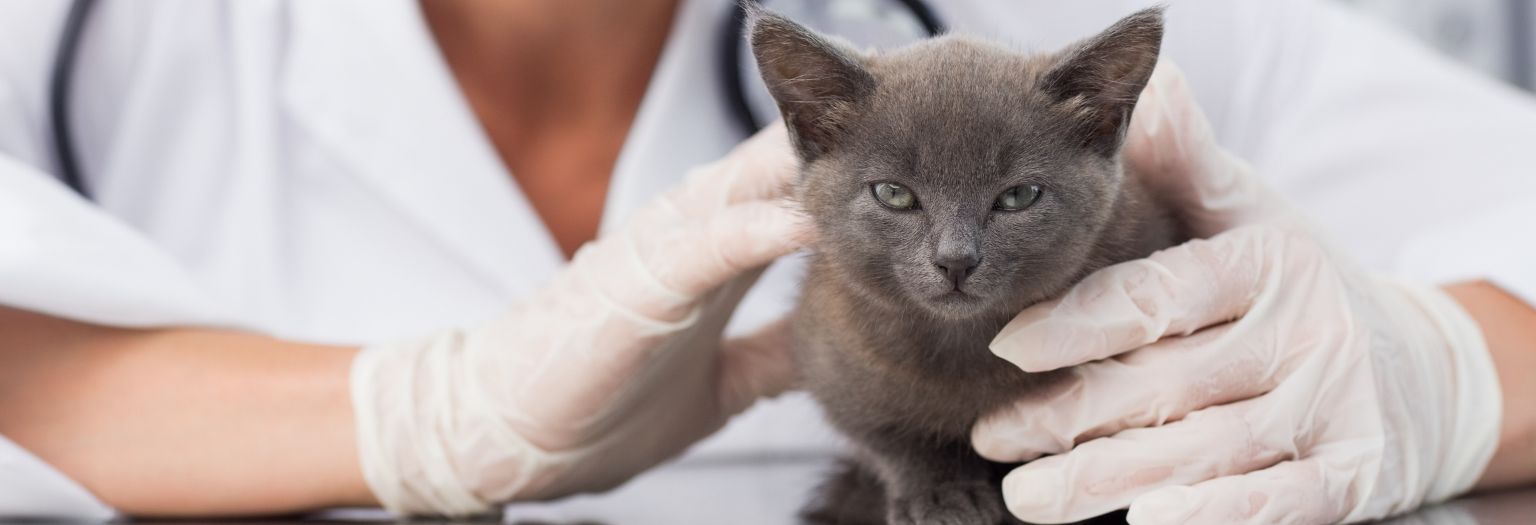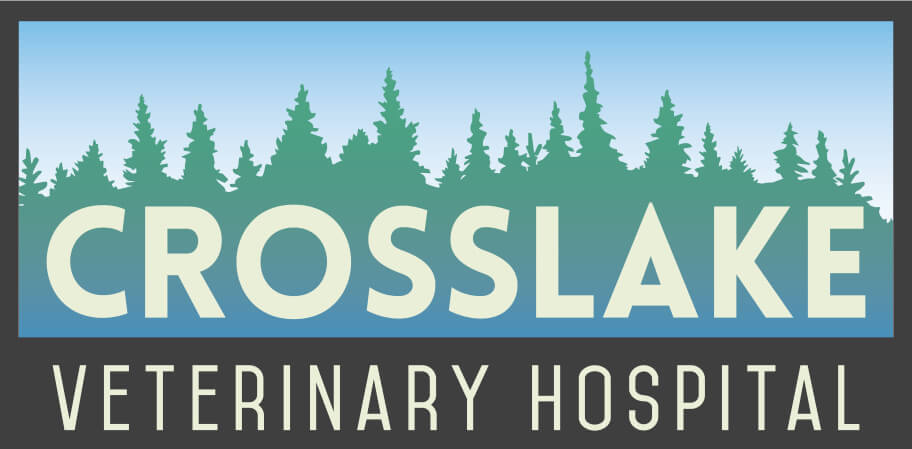We all love the smell of puppy breath or watching a new kitten play. As pet owners, some of our happiest moments come when we bring a new puppy or kitten into our home. This special time is filled with snuggles, purrs, eating, and toys. Whether you've carefully selected a specific breed or adopted a stray, the initial cost of getting a pet is only a small part of the total expenses involved in pet ownership. To be a responsible pet owner, it’s imperative to be prepared for the maintenance care expenses so you can enjoy a lifetime with your new friend and keep them healthy for as long as possible.
How Much Does a Pet Cost?
While puppies and kittens are undeniably cute, it's crucial to understand the full financial commitment of pet ownership. The expenses of pet care vary depending on factors like breed, size, and health needs, as well as their expected lifestyle.
From initial supplies such as food, beds, and toys, to ongoing expenses like veterinary care and grooming, being prepared will help you manage the financial demands of pet ownership. With proper planning, you can avoid surprises and provide the best care for your pet throughout their life.

The Initial Cost of Pet Ownership
Regardless of whether your pet is purebred or not, there are many initial expenses beyond the adoption or breeder fees.
These one-time expenses won’t recur, but are essential to making a pet comfortable in their new home. These depend on your pet’s size, needs, and your personal preferences as an owner.
Common upfront expenditures for a new pet include:
- Adoption or Breeder fee: $0-$5,000
- Food and Water Dishes: $20
- Crate and Beds: $50-$350
- Climbing Tower (for cats): $50-$200
- Collar and Leash: $15-$100
- Nail Trimmer: $25
- Brush or Deshedder: $20-$50
- Litter Boxes and Mat (for cats): $35
The First Year of Costs for Dogs and Cats
Whether you bring home a dog or a cat, the first year of ownership will involve many similar expenses. Your pet will need essential medical care such as physical exams, vaccinations, internal parasite exams, parasite prevention, and spaying or neutering, among other things.
During the first year of owning a pet, be prepared for expenses like:
- Vaccination Series Through 16 Weeks: $200-$500 depending on lifestyle
- Veterinary Examinations Through 16 Weeks: $300-$360
- Internal Parasite Exam: $36-$100
- Deworming, if needed: $50-$80
- Flea, Tick, Heartworm Preventative (12 months): $140-$450 (size based)
- Microchipping: $65-$100
- Spay or Neuter: $300-$900
- Pre-Anesthetic Lab Work: $120-$300
- Quality Food: $300-$2500
- Cat Litter: $120
- Dog Training: $65-$150 per session (more for sleep away training)
Ongoing Expenses
After the first year of ownership, the maintenance costs of pets decrease significantly. However, there are a few ongoing costs to be aware of and set money aside for. For healthy pets, the majority of the expense will be the annual veterinary wellness examinations and vaccinations.
- Annual Wellness Examination: $70-$100
- Annual Internal Parasite Examination: $36-$100
- Annual Wellness Lab Work: $150-$400
- Vaccinations: $65-$200 depending on lifestyle
- Flea, Tick, Heartworm Preventative (12 months): $140-$450 (size based)
- Quality Food: $300-$2,500
- Cat Litter: $120
Other major ongoing expenses include feeding and grooming. The cost of quality food varies depending on your pet's size, health and preferences. Pet owners should consider purchasing veterinary-recommended food brands as an investment in their pet’s health, as studies have shown that pets that consume nutritious diets with high-quality ingredients have better overall health, including better immune function and optimal body condition.
Grooming costs will depend on your pet's breed and grooming needs. For example, breeds of dogs that shed heavily or need regular hair cuts will incur greater regular grooming costs than wirehaired dogs who just need regular at-home brushing. Owners who are able to brush and trim their cat’s nails at home will save more than those who opt to take their cat to a veterinarian or groomer for nail trims.
Thinking ahead about food and grooming costs for dogs and cats is also very helpful in determining which pet you should obtain that fits best with your finances.

Other Expenses and Health Care Costs for Pets
In addition to basic pet care, there are other expenses that pet owners should anticipate throughout their pet's life. These can include dental care, emergency medical treatments, and ongoing medications for chronic conditions.
Most pets, starting around 3 years old, need annual anesthetic dental cleanings, which typically cost between $500 and $1000 but can be more if your veterinarian needs to remove any teeth during the cleaning.
Your pet may also fall ill and these visits incur expenses outside of the norm. What if your pet develops chronic allergies and needs ongoing medication? Your dog or cat could even require emergency surgery from an unexpected accident. All of these necessitate an emergency fund to be set aside specifically earmarked for your pet. We see too many people having to make heartbreaking choices because nobody thinks their pet will get sick or hit by a car. Knowing this fund is present allows you to make decisions in the moment instead of fearing how you will pay the bill. There are also several third party payment solutions offering interest free periods that specifically cater to veterinary clients. Almost all veterinary practices accept their payments, allowing clients to essentially enjoy a “payment plan” without the veterinarian taking on the liability.
Pet insurance is also worth consideration, but only prior to any diagnosis, as the majority exclude pre-existing conditions. If you’re unsure whether pet insurance is the right investment for you and your pet, be sure to ask your veterinarian for any recommendations they have when it comes to pet insurance providers or plans.
How to Budget for a Dog or Cat
Budgeting for a new pet goes beyond just adoption fees, food and vet visits. Additional costs, such as daycare for high-energy breeds, grooming, and boarding for pet parents who travel frequently, can add up quickly. Think about your pet’s needs and your lifestyle to create a realistic budget that includes both routine and unexpected expenses. Knowing how to budget for a dog, cat or any other pet properly will help you avoid financial surprises and ensure your pet receives the best care throughout their life.
- Initial costs: Adoption fees, vaccinations, spaying/neutering, and microchipping.
- Routine veterinary care: Annual checkups, vaccinations, flea/tick/heartworm prevention, and dental care.
- Food and treats: Budget for quality food and regular treats to maintain your pet’s health and happiness.
- Emergency fund: Set aside money for unexpected medical emergencies or accidents. You never know when you’ll need this, but you’ll be glad you set some money aside for any unexpected treatments.
- Pet insurance: Consider monthly premiums for pet insurance to help with vet bills, but remember, it may be better to get pet insurance early on, as conditions may not be covered if you purchase insurance after a diagnosis.
- Grooming and hygiene: Account for regular grooming, nail trimming and hygiene supplies.
- Toys and supplies: Budget for items like toys, bedding, litter, collars, and leashes, and remember, you may need to upgrade these as your pet grows or they become worn out.
- Training and pet sitting: Plan for potential expenses in training classes, boarding, or pet-sitting services when traveling. Having a plan in place for these expenses helps ensure your pet is safe and sound while not disrupting your travel plans.
If you have questions and you'd like to reach out to us, you can call us directly at (218) 692-4400, or you can email us at [email protected]. Don't forget to follow us on social media Facebook, Instagram.

